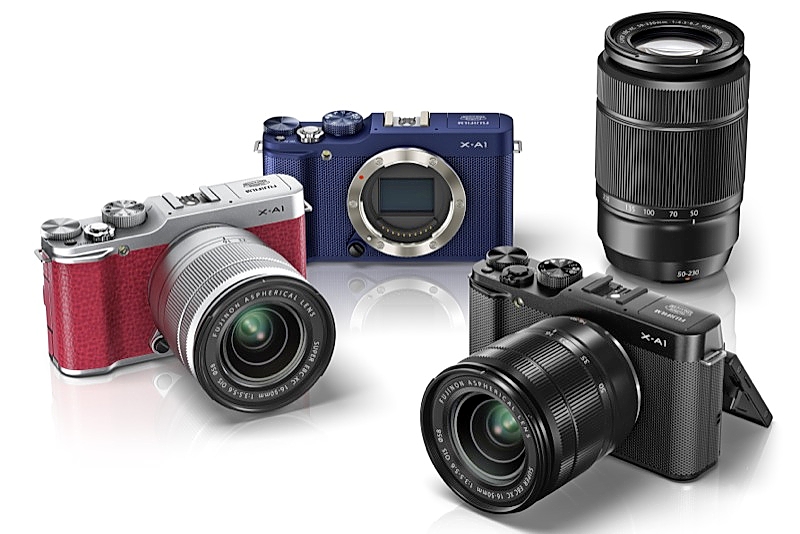By Rod Easdown
Compact System Cameras are revolutionising the market. Face it, that little digital camera you bought a few years ago may take nice snaps but for serious picture-taking, it just doesn’t cut it.
The lens may zoom out forever but it can’t open wide enough for interiors and, while the picture quality was great on your old screen, it looks pretty average on your latest iPads. But you love it because it’s small enough for your pocket, while an SLR camera is hard to pack and heavy to lug around.
Enter the CSC. Not much bigger than whatever you’re using now but, instead of a fixed lens that never quite gives you what you want, these have interchangeable lenses just like the big SLRs. CSCs also take great pictures.
OK, they’re far more expensive than regular compact digital cameras – think at least $1000 for a camera body and a lens or two – but they give you way more flexibility. CSCs account for one in five of all cameras sold with interchangeable lenses and their sales grew by 40 per cent last year, while sales of traditional SLRs remained static.
Even though SLRs have trimmed down and lightened up since the days of film, they’re still hefty objects to take travelling. CSCs offer the same advantages with the convenience of a smaller, lighter package.
They manage this by not having a movable mirror inside. It means the viewfinder (if there is one; lots of CSCs don’t have them) is electronic rather than optical. The photograph is best composed on the rear screen rather than through the viewfinder – a point that irks many serious photographers.
But if you’ve been using a small digital, you’re used to doing this anyway.
The sensor is smaller than an SLR too, meaning less resolution. But for non-professionals, resolution is just fine thank you and good enough for an iPad with retina display. It’s certainly better than your current pocket-sized digital, especially at full zoom.
CSCs are offered by several brands, including Panasonic, Olympus, Fuji, Sony and Samsung.
In the case of Nikon, some of the lenses offered with its bigger SLRs will operate with its CSCs through an adaptor. However the result looks a bit odd, like the tail wagging the dog.
The range of lenses on offer is far more limited than with SLRs and in some cases it’s very limited indeed. But you’ll usually find fixed length, or prime, lenses as well as zooms. The wide angle offerings open significantly wider than the great bulk of fixed-lens compacts. There are even fisheyes.
If your little digital camera is just a frustration to you, or you’re tired of carting a lumpy SLR around, you could find a CSC is exactly what you’re looking for.







